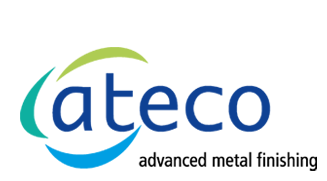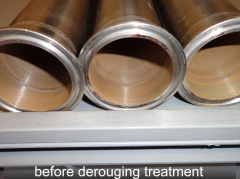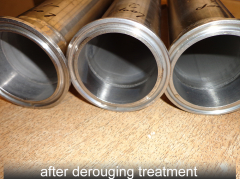Rouging
Many industrial pipe systems and containers are made of stainless steel. At the warm operating temperatures that are usual, pure media (WFI-water, pure steam) can cause surface corrosion on the stainless steel that is used. The typical product of this corrosion (reddish particles with a rich iron oxide content) is called the rouging effect, after the appearance of the surface.
Some like it hot ...
and the iron oxides are among their number. The hotter the temperatures become in the system, the more they multiply. The protective passive layer is in a dynamic chemical equilibrium. Higher temperatures lead to increased formation of iron oxide at the cost of the chromium oxide component, and this disrupts the chemical equilibrium of the passive layer. Inadequate passivation, incorrect weld seams and/or low-quality material or surface execution are additional factors that can encourage the development of rouge.
Rouge must not be overlooked…
In water systems, it generally takes the form of a red to reddish-brown coating which forms or settles on the inside of the pipes. Sometimes, though, rouge appears \"all dressed in black\" - as may happen in pure steam systems, for example. One thing is certain: stainless pipe systems and process systems are not safe from rouge– \"stainless\" does not mean protection against rouge.
The effects of rouge…
Rouge is only slightly bonded to the metal surface, so it can detach and be carried along in the system in the form of particles. The results: on the one hand, deposits form in areas with low flow rates, leading to contamination of the system and its products. Especially in the pharmaceutical sector and in biotech production, the loss of the defined sterile conditions in the system is absolutely intolerable. Sustained success can only be ensured by regular cleaning, derouging and repassivation.





